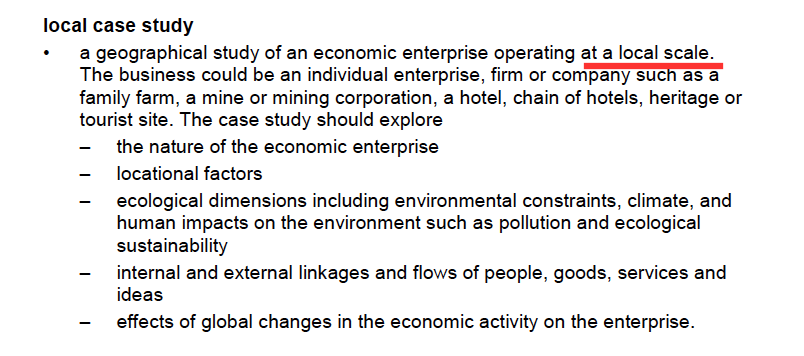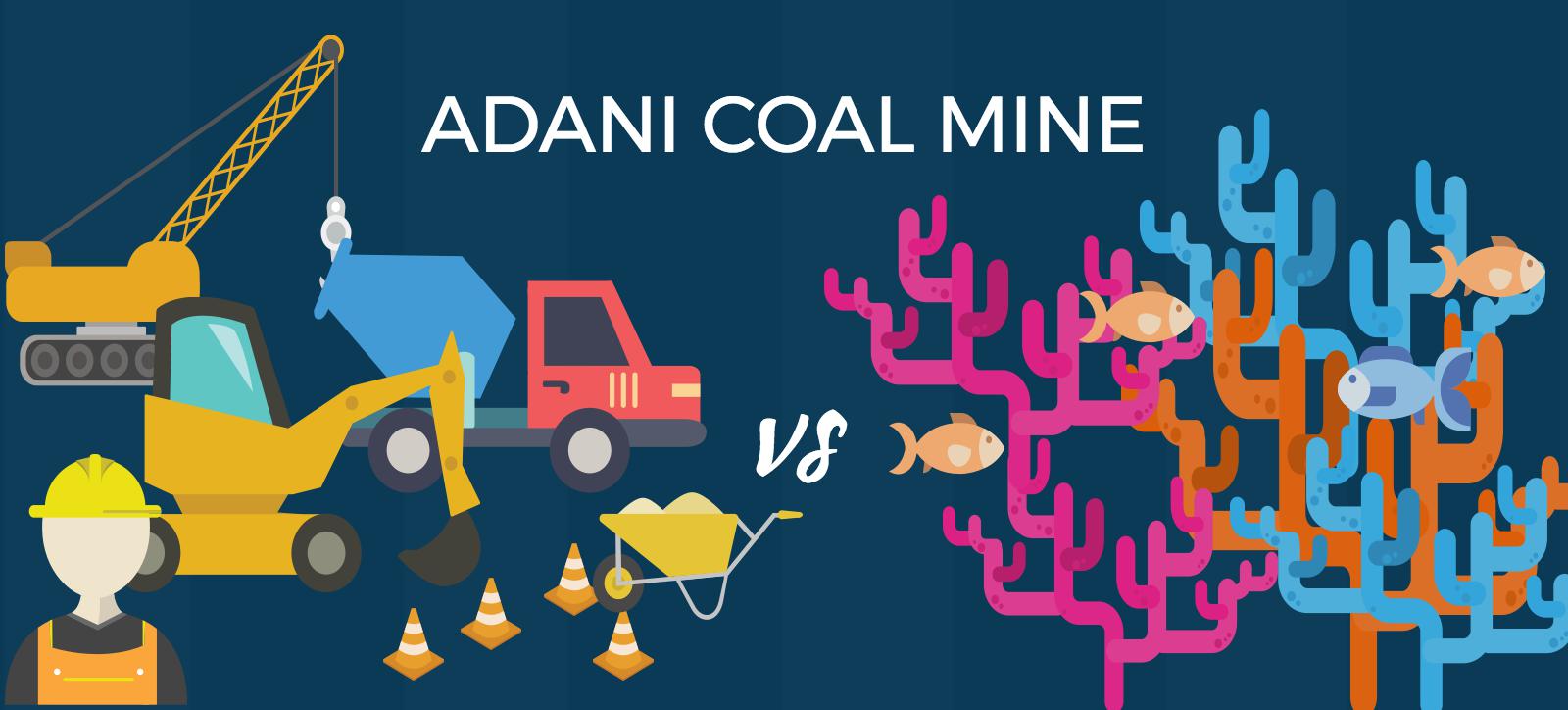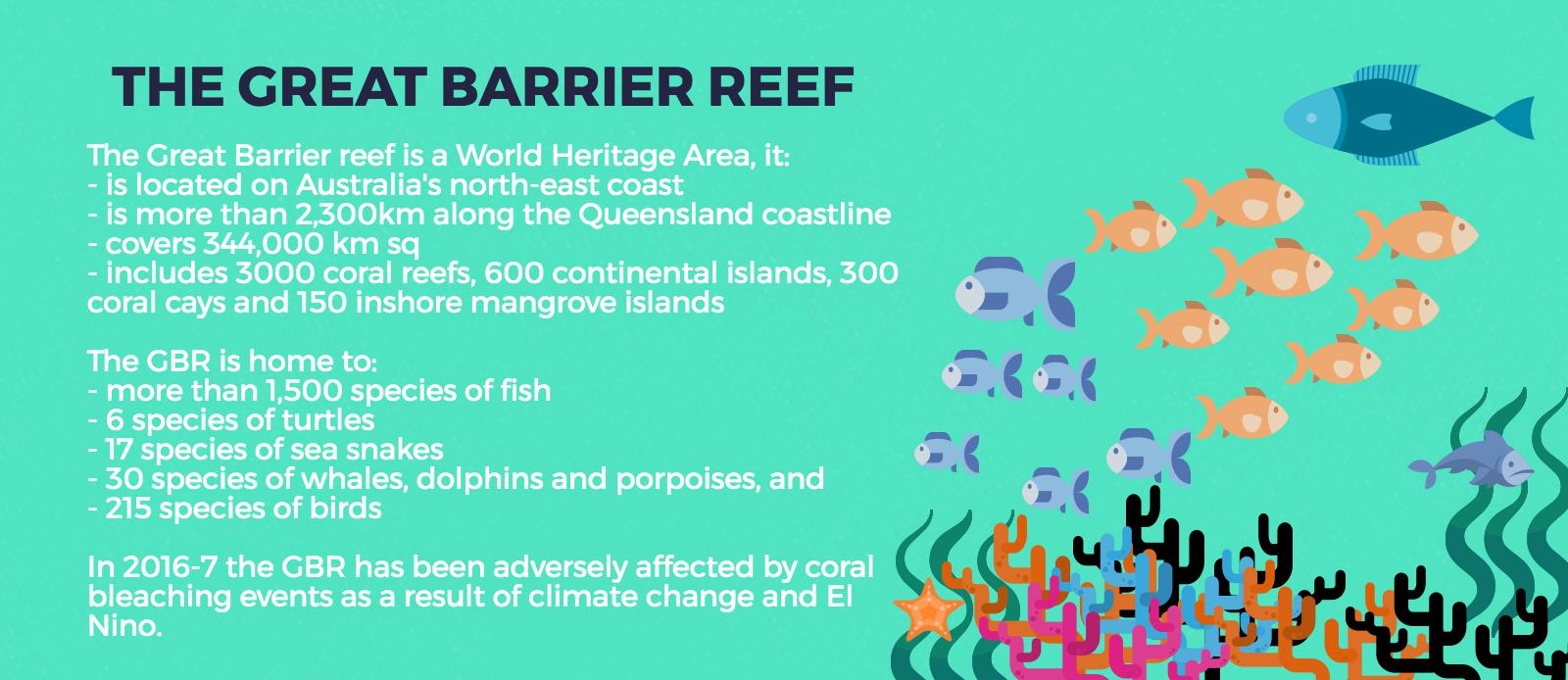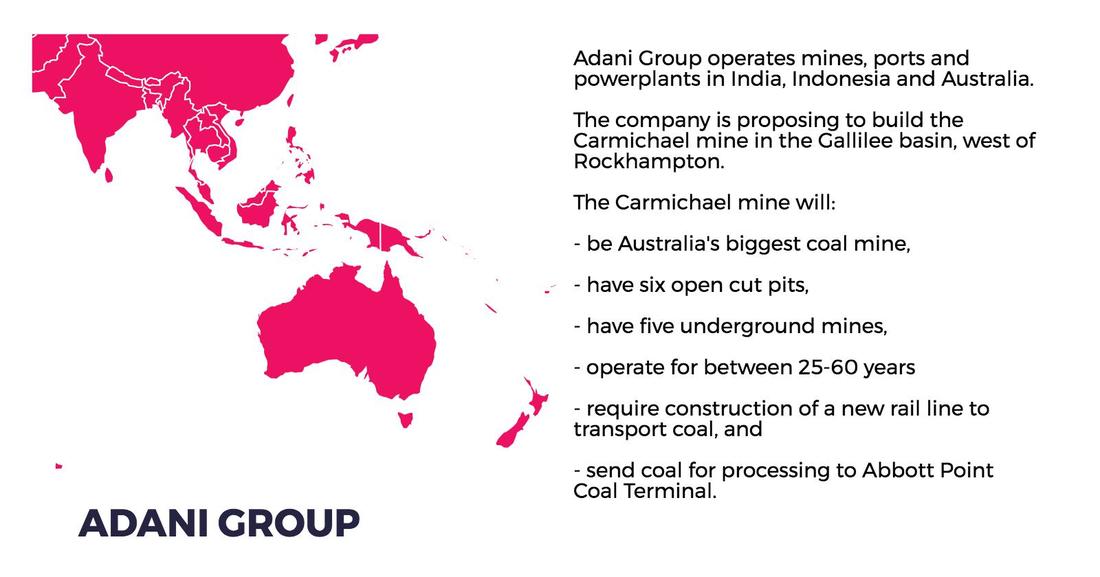|
Great White Bear Tours uses custom built all terrain vehicles called Tundra Buggies. These allow unique access to the tundra environment around Churchill providing opportunities for viewing of a range of wildlife such as polar bears, arctic foxes, caribou and migratory birds. They operate tours in Spring, Summer and Autumn, and tours vary according to the seasons. In Spring they offer tours to see the Northern Lights (Aurora borealis), in Summer they operate bird watching and wildlife viewing tours and in Autumn/Fall they run Polar bear viewing tours. The company offer both one-day tours and multi-day tours. Visitors can choose to stay at the White Bear Tundra Lodge for multi-day trips. This is a custom-designed rolling hotel to enhance wildlife viewing opportunities. The lodge consists of five large units linked together - two sleeping units with shared sleeping quarters, bathroom and showers, and separate lounge, dining and kitchen facilities. The map below indicates the location of the White Bear Tundra Lodge in relation to Churchill. Examine the case study in more detail on the 12 Geography People and Economic Activity site: Nature of the economic enterprise Locational factors Ecological dimensions Internal and external linkages Effects of global changes Is Great White Bear Tours a local case study? The NSW Stage 6 Geography syllabus requires students to examine a local case study for the People and Economic Activity topic. Depending on the economic activity studied, common case studies are local vineyards, hotels, chocolatiers. The syllabus states, "a geographical study of an economic enterprise operating at a local scale." It does not specify that it has to be in Australia, or local to you/your school. While Great White Bear Tours is not "local" to anyone studying the NSW syllabus, it can be viewed as "local" in the sense that it operates within its local area (the tours run in a relatively small geographical area, in the immediate vicinity of the business site). Let's have a look at the references to the local case study in the syllabus... There are two uses of the the word local when referring to the case study in the content section of the syllabus. In the first example it refers to the case study operating at a local level. It does not specify that it needs to be local to you or your school. Below: Screen shot from the NSW Stage 6 syllabus (Content) It is referred to again later in the content section where it refers to an enterprise operating at a local scale. Again there is no reference to it being local to you or your school. Below: Screen shot from the NSW Stage 6 syllabus (Content) What about fieldwork? Fieldwork is an integral part of geographical inquiry and learning. It is a common practice for classes to do their fieldwork on their economic enterprise, particularly if they have chosen a case study close to the school. However, while it is common practice, it is not mandated. If we look what is mandated, the syllabus states that students need to identify methods such as "collecting and analysing field data about economic activity. Note that it doesn't state that the fieldwork has to be based on the economic enterprise (the local case study). In this way a class could conduct fieldwork on Tourism in general, but not their economic enterprise and still meet requirements. There are also many opportunities to conduct virtual fieldwork. Explore some fieldwork options on the Year 12 Geography, People and Economic Activity site:
Fieldwork: Hudson Bay
0 Comments
Post originally written in 2017, and updated March 2018. This is part of a unit of work for Changing Places - Australia's Urban Future. Lesson 1: Australia's Projected Population Growth Lesson 2: Implications for Future Growth and Sustainability Lesson 3: Sydenham to Bankstown Urban Renewal Precinct Lesson 4: WestConnex - Sydney, Sustainability and Transport Lesson 4: Sydney Sustainability and Transport (Teacher's Notes) Lesson 5: The GreenWay Lesson 5: Deindustrialisation Lesson 6: Create an infographic Lesson 7: Contributing to a Sustainable Urban Future Lesson 7: WestConnex - Protest Movements and Impacts Lesson 7: Conflict Over Dulwich Hill OR See the complete unit on the Changing Places website. The NSW Government has released a revised Sydenham to Bankstown Urban Renewal Strategy for public comment. The strategy will be implemented over 20 years and sees plans for urban consolidation and retail opportunities along the a new metro line which will replace the existing train line and link with the Metroline being built in Sydney's north west. It includes the creation of over 35,000 new homes. View the Sydenham to Bankstown Urban Renewal Corridor website. Priority Precincts where development will be concentrated include Campsie, Canterbury, Lakemba and Belmore. Developments in these areas will include buildings up to 25 storeys high. Marrickville will have an increase in homes of 84%, while Canterbury will increase by 208%. and Belmore will increase 128%. Some suburbs such as Dulwich Hill and Hurlstone Park have had a reduction in the number of new dwellings proposed compared to the previous plan released. View Changing Places: Conflict over development in Dulwich Hill. The existing rail line between Sydenham to Bankstown will be converted to a Metro line. During construction the rail line will not be in operation. It is anticipated that once completed, it will reduce wait times and travel times to the city. However, the existing rail line allows commuters to connect with the existing CityRail network and travel to locations such as Chester Hill, Villawood, Cabramatta and Liverpool, without having to change trains. Commuters can then change trains to connect with the rest of the CityRail network. It is unclear at this stage how the Metro line will interact with the existing City Rail and light rail networks. Residents and community groups have expressed some concerns regarding the increased level of density and population. Concerns relate to inadequate parkland and open space, destruction of heritage architecture, new designs which are unsympathetic to the heritage nature of suburbs, and lack of supporting infrastructure. There has been limited information released regarding industrial and commercial zoning, and concerns have been raised regarding the sustainability of the development. The rezoning will also take place years before the Metro line will finished. Supporters of the developments state that high density is better for the environment than urban sprawl and increases connectivity and land values in the area. The renewal strategy announcement has come at a time when residents of the Inner West are already dealing with a large number of new developments and there is a perception that there is an inequitable system of planning in place. For example Council targets for new housing approvals have been exceeded in Canterbury, but many other council areas such as Hunters Hill, Warringah, Pittwater, Willoughby and Manly have not met their targets. There have been a range of issues associated with the WestConnex development such as compulsory acquisition and demolition of houses, encroaching on parks, noise and construction issues. The recently announced future sale of Canterbury Racecourse for development has also been an issue of contention. These issues combined are likely to make Inner West residents less persuadable when it comes to future developments. Lesson Activities: Define the terms low-density, medium-density and high-density. Describe the advantages and disadvantages of each type of housing. Examine: http://www.planning.nsw.gov.au/Plans-for-your-area/Priority-Growth-Areas-and-Precincts/Sydenham-to-Bankstown-Urban-Renewal-Corridor/Map Outline the changes that will occur in each Inner West suburb as a result of the Sydenham to Bankstown Planned Precinct. Assess how the new Metroline will support population growth in the Urban Activation Precincts. Extra resources: Residents, ex-pollies baulk at high density in revised Sydneham to Bankstown Urban Renewal Strategy. Planning experts say development should be embraced and not feared along Sydenham to Bankstown corridor. Sydney's tale of two suburbs: new analysis shows the wide spread of development. Metro's on the wrong track High rise to hell Open season on high rise Heritage, character face destruction Inner West needs nine new schools
This post was originally written in January 2017, and edited in March 2018.
This is part of a unit of work for Changing Places - Australia's Urban Future. Lesson 1: Australia's Projected Population Growth Lesson 2: Implications for Future Growth and Sustainability Lesson 3: Sydenham to Bankstown Urban Renewal Precinct Lesson 4: WestConnex - Sydney, Sustainability and Transport Lesson 4: Sydney Sustainability and Transport (Teacher's Notes) Lesson 5: The GreenWay Lesson 5: Deindustrialisation Lesson 6: Create an infographic Lesson 7: Contributing to a Sustainable Urban Future Lesson 7: WestConnex - Protest Movements and Impacts Lesson 7: Conflict Over Dulwich Hill OR See the complete unit on the Changing Places website. Changing Places (Year 9) The Changing Places topic requires students to explain processes and influences that form and transform places and environments (GE5-2) and to assess management strategies for places and environments for their sustainability (GE5-5). The topic requires students to examine urbanisation, the impact of migration and strategies to address change in urban places and how they enhance sustainability. As a part of examining the causes and consequences of urbanisation, students will have investigated spatial distribution patterns of urbanisation (for example the influence of transport corridors), and the social, economic and environmental consequences of urbanisation (this could include traffic congestion, costs of tolls or costs of constructing new infrastructure, average times people spend commuting to work, the impact of car exhaust on air quality). In examining urban settlement patterns students will specifically address the impact of transportation networks in Australian and another country to explain differences in urban concentrations. While there is scope to deal with a range of issues and influences related to urbanisation and urban settlement, there is certainly an opportunity to develop a unit of work that develops students’ understanding in car dependence, traffic congestion, public transport, road networks, etc. to lead them to be able to examine this issue of the WestConnex development from a range of perspectives and with detailed background knowledge. In the last part of the Changing Places topic students investigate the management and planning of Australia’s urban future, including Australia’s population projections, implications for growth and sustainability, strategies to create sustainable urban places and ways for individuals and groups to become involved. WestConnex provides a great case study to examine this. Obviously you need to address the points at the national scale, but the WestConnex project impacts on such a large are of Sydney that you might find that many of your students are already engaged with (or at least aware of) the project in some way. Urban Places/ Urban Dynamics (Year 12) If you choose to do Sydney as a large city case study for Urban Places the WestConnex project could also tie into the - growth, development, future trends and ecological sustainability dot point. This is part of a unit of work for Changing Places - Australia's Urban Future. Lesson 1: Australia's Projected Population Growth Lesson 2: Implications for Future Growth and Sustainability Lesson 3: Sydenham to Bankstown Urban Renewal Precinct Lesson 4: WestConnex - Sydney, Sustainability and Transport Lesson 4: Sydney Sustainability and Transport (Teacher's Notes) Lesson 5: The GreenWay Lesson 5: Deindustrialisation Lesson 6: Create an infographic Lesson 7: Contributing to a Sustainable Urban Future Lesson 7: WestConnex - Protest Movements and Impacts Lesson 7: Conflict Over Dulwich Hill OR See the complete unit on the Changing Places website. Background: WestConnex overview M4-M5 Link Concept Design To bring Sydney together, WestConnex tears suburbs apart The development and construction of WestConnex has impacted and changed places. Large sections in the vicinity of Parramatta Rd in Ashfield and Concord and the western part of the suburb of Haberfield have been demolished to make way for the road development. You can read more about this here - West Connex's collision course into communities or in my previous posts. Impact at St Peters, Alexandria and Newtown Stage 2 of the WestConnex project involves the construction of a tunnel between St Peters and Kingsgrove. The King Street Gateway and the Campbell Road Green link are changing the nature of St Peters, Alexandria and Newtown. View the St Peters Overview. Links: Changes to St Peters can be seen in the link below. Sydney's WestConnex changes the face of St Peters - in pictures Information about the construction at St Peters can be found in the following article: WestConnex inflicts non-stop construction on St Peters for the next 3 weekends. The M4-M5 link tunnels will run underneath Newtown. Many Newtown business owners have begun protesting the development, worried that congestion and bottlenecks will negatively impact retail businesses, or alternatively that clearways along King St will kill business. The Newtown WestConnex Action Group has been formed. In Alexandria a new bridge is being constructed over the canal to allow movement of traffic from the St Peters interchange.
Links: Six tunnels will be built under Andre's house in Lorde St Newtown. "Write an email": Sydney residents get no more answers as WestConnex hits Alexandria. Official: WestConnex allowed to flout environmental laws. This is part of a unit of work for Changing Places - Australia's Urban Future.
Lesson 1: Australia's Projected Population Growth Lesson 2: Implications for Future Growth and Sustainability Lesson 3: Sydenham to Bankstown Urban Renewal Precinct Lesson 4: WestConnex - Sydney, Sustainability and Transport Lesson 4: Sydney Sustainability and Transport (Teacher's Notes) Lesson 5: The GreenWay Lesson 5: Deindustrialisation Lesson 6: Create an infographic Lesson 7: Contributing to a Sustainable Urban Future Lesson 7: WestConnex - Protest Movements and Impacts Lesson 7: Conflict Over Dulwich Hill OR See the complete unit on the Changing Places website. Lesson Activity: Create an infographic Below is an infographic about the WestConnex. Create your own infographic using picktochart or a similar program. Your infographic should be on the topic of change in Sydney's Inner West. It should include themes such as transport, green space, housing, and land uses. This is part of a unit of work for Changing Places - Australia's Urban Future. Lesson 1: Australia's Projected Population Growth Lesson 2: Implications for Future Growth and Sustainability Lesson 3: Sydenham to Bankstown Urban Renewal Precinct Lesson 4: WestConnex - Sydney, Sustainability and Transport Lesson 4: Sydney Sustainability and Transport (Teacher's Notes) Lesson 5: The GreenWay Lesson 5: Deindustrialisation Lesson 6: Create an infographic Lesson 7: Contributing to a Sustainable Urban Future Lesson 7: WestConnex - Protest Movements and Impacts Lesson 7: Conflict Over Dulwich Hill OR See the complete unit on the Changing Places website. Dulwich Hill is a suburb located in Sydney's Inner West, surrounded by Summer Hill, Hurlstone Park, Marrickville, Petersham, Lewisham and Earlwood. It experienced growth in the late 1800s following the introduction of the tram line, and as a result contains buildings with heritage architecture, particularly Federation architecture. The tram line through Dulwich Hill was not in use as public transport from the 1950s. The Inner West light rail extension in 2013 reconnected Dulwich Hill by rail with nearby suburbs and the city. For more details see my previous post Inner West Light Rail Extension. For more information about the history and development of Dulwich Hill, visit the Dulwich Hill section of the Marrickville historical society - Dulwich Hill - a history. The Sydenham to Bankstown Urban Renewal Strategy, encompasses the suburb of Dulwich Hill, rezoning for higher density and redevelopment of older buildings. Changes to zoning as part of this strategy can be seen on the Planning NSW website - Dulwich Hill Landuse Plan. The plan for Dulwich Hill includes 2000 more dwellings, with 3 storey development along Wardell Road, and unit developments from 3-5 storeys near the Dulwich Hill station. Higher density housing developments are zoned for around the Dulwich Hill light rail station (between 3-7 storeys). 8 storey developments will be allowed around Arlington Grove Light Rail station. View the Changing Places - Sydenham to Bankstown Urban Renewal Precinct post. The Save Dulwich Hill Community Group promotes issues related to the redevelopment of the suburbs and lobbies the government to preserve the heritage of suburb. Visit the Save Dully website to read more about their actions. You have been given the job of designing a new city. It will be located at Warnervale on the Central Coast between the M1 and the Pacific Highway. The aim of your city design is to plan the most liveable city possible. Task 1: Brainstorm your ideas and begin planning. Create a list or mind map of all the features that your city will need. At this stage you are just coming up with ideas. You may change your mind as your city design develops.
Task 2: Design your city plan You have been provided with an outline map. Use your mapping rules to begin designing your city. Include border, orientation (north point), a legend, a map title and scale. On your map label the M1 motorway, Sparks Road and the railway line. Draw and label all the key features of your city.  Task 3: Draw your CBD and a residential area.
Construct sketches of how you imagine your city will look like. Annotate your images with important features of your city (style of building, tree-lined streets, community spaces, retail spaces, etc). Task 4: Create a prospectus Write a report that addresses how you have created a "liveable" city. Refer to the questions outlined in Task 1 to help you structure your response. Scan your city plan and CBD and residential area drawings and include them in your prospectus. There is a huge amount of information available about coral reef health and in particular the mass coral bleaching events that have occurred over the past two years. Two of my previous posts are linked below, but if you scroll to the bottom of the page there are a range of other articles, reports and websites regarding coral bleaching that you might find useful.
Previous posts: Mass coral bleaching events Coral bleaching - reef resilience Students should define the following key terms: - acclimatise - connectivity - recruit - adaptation - natural selection - symbiotic - zoozanthallae - parasite - photosynthesis Answer the questions below. Conduct internet research to find articles and reports which support your answers.
Resources: Coral bleaching - GBRMPA Coral bleaching and the Great Barrier Reef - ARC CoE Coral bleaching: Extreme heat pushes parts of the Great Barrier Reef beyond recovery - ABC Coral bleaching events - AIMS Great Barrier Reef: a "hopping hotspot" - Australian Geographic The changes in temperature and associated bleaching are resulting in a different mix of species on the reef. This will impact reefs in the long term.
Loss of species Fish, whales, dolphins, sharks, rays and the many other organisms found in reefs rely on the complexity of the ecosystem for survival. Some fish rely on the colour of the corals for camoflauge and the structure of the coral for hiding. Many organisms are unable to carry out normal functions and processes as a result of the increased ocean acidification associated with climate change. Shellfish are less able to create their shells due to increased pH. Slow growing corals will take 100-200 years to recover, meaning that the reef will not exist in the form that we have known it in the past. Dispersal of spawn Ocean warming impacts on the dispersal or coral spawn (eggs). Increased ocean temperatures result in a decline in the dispersal distance of coral spawn from the origin (parent coral) to the destination site. This change in dispersal patterns can impact on species' distribution, abundance or corals in particular areas and genetic diversity across reefs. Changes to dispersal patterns can also impact on the connectivity (interconnections) between different areas of the reef by limiting the areas of reef that particular coral species are located. Poleward shift of species Ocean warming can also result in a poleward shift of species from tropical zones to more temperate zones. Warmer waters are found further from the tropics and species are able to take advantage by increasing their range. In Western Australia, a species of wrasse - cheorodon rebuscens has started to shift its range with displacement of recruits south of its usual habitat. There is evidence of high recruitment at the temperate edge and no recruitment at the tropical edge. The range shift provides limited expansion opportunities, reducing resilience of the species. Irukandji are migrating further south on the Great Barrier Reef as a result of warmer waters and are also having longer seasons in other areas. There have been anecdotal reports of increases in reports of stinging and hospitalisations on islands within the Great Barrier Reef (e.g Fitzroy Island) and snorkellers are being strongly advised to wear stinger suits outside of usual peak Irukandji seasons. Irukandji and associated stingings have also been reported on western side of the southern tip of Frazer Island where they haven't previously been found. Symbiotic relationships Following bleaching events or even natural disasters, corals can become overgrown with algae, making it difficult for coral recruits to settle and grow. The mix species on a reef can impact on how resilient that particular reefs is. For example in Moorea in French Polynesia experienced high coral mortality in the 1980s. Recovery of the reef was enabled in part as a result of grazing fish such as parrot fish removing some of the algae in the process of eating corals. In this way the biodiversity of the reef contributed to high levels of resilience on the reef in comparison to some other reefs globally. The scale of the bleaching on GBR make it unlikely that these types of natural processes will have much of an impact on recovery. Below: A parrot fish on the outer reef, 2015. |
Categories
All
Archives
May 2024
|
||||||||




















